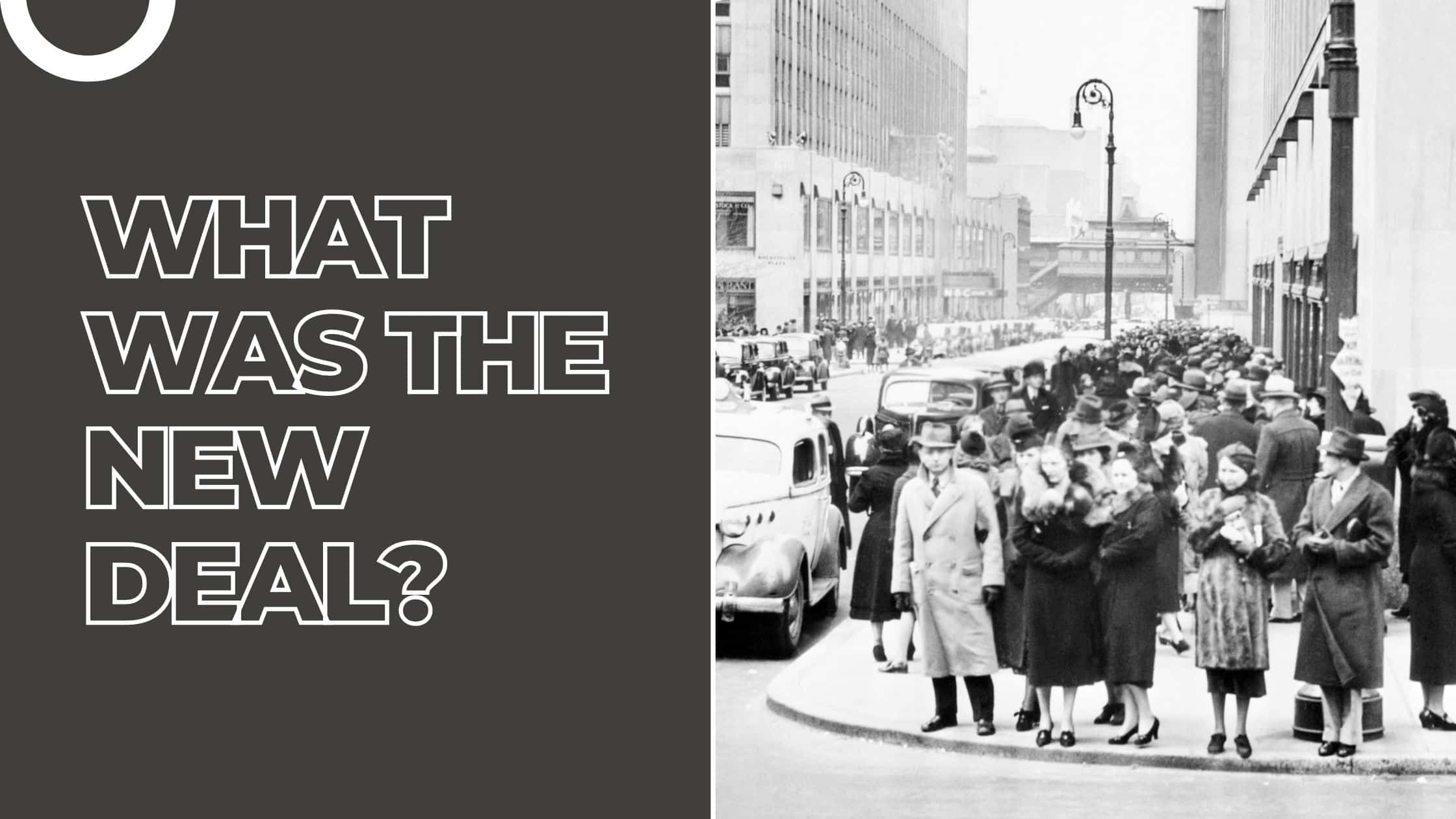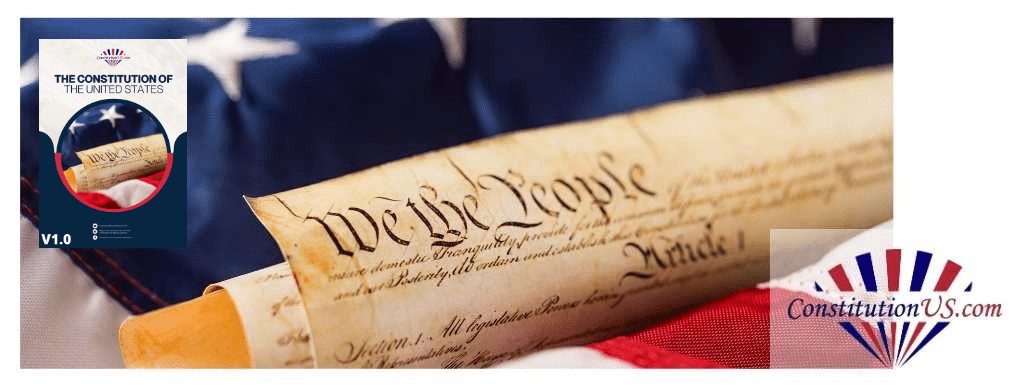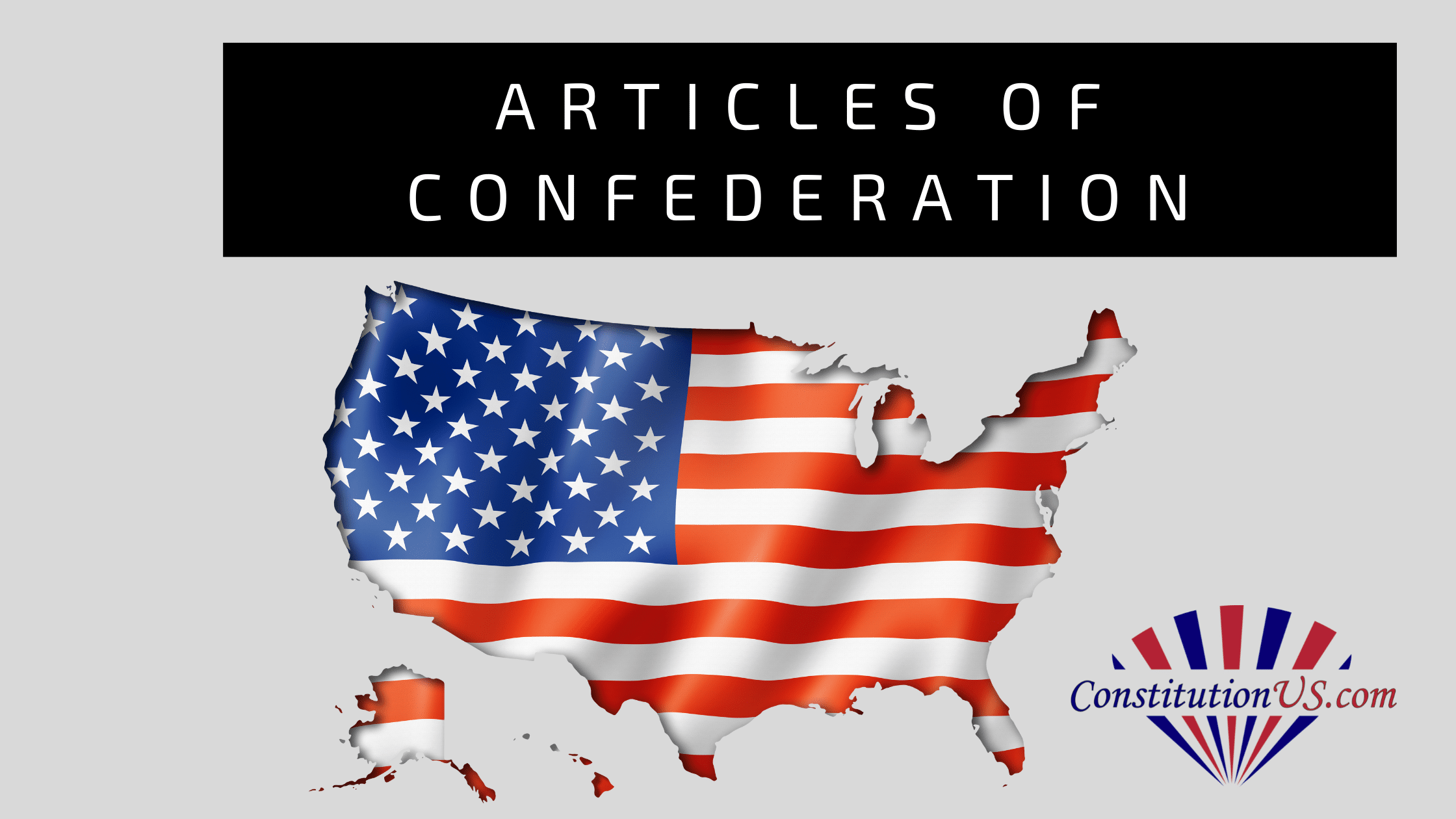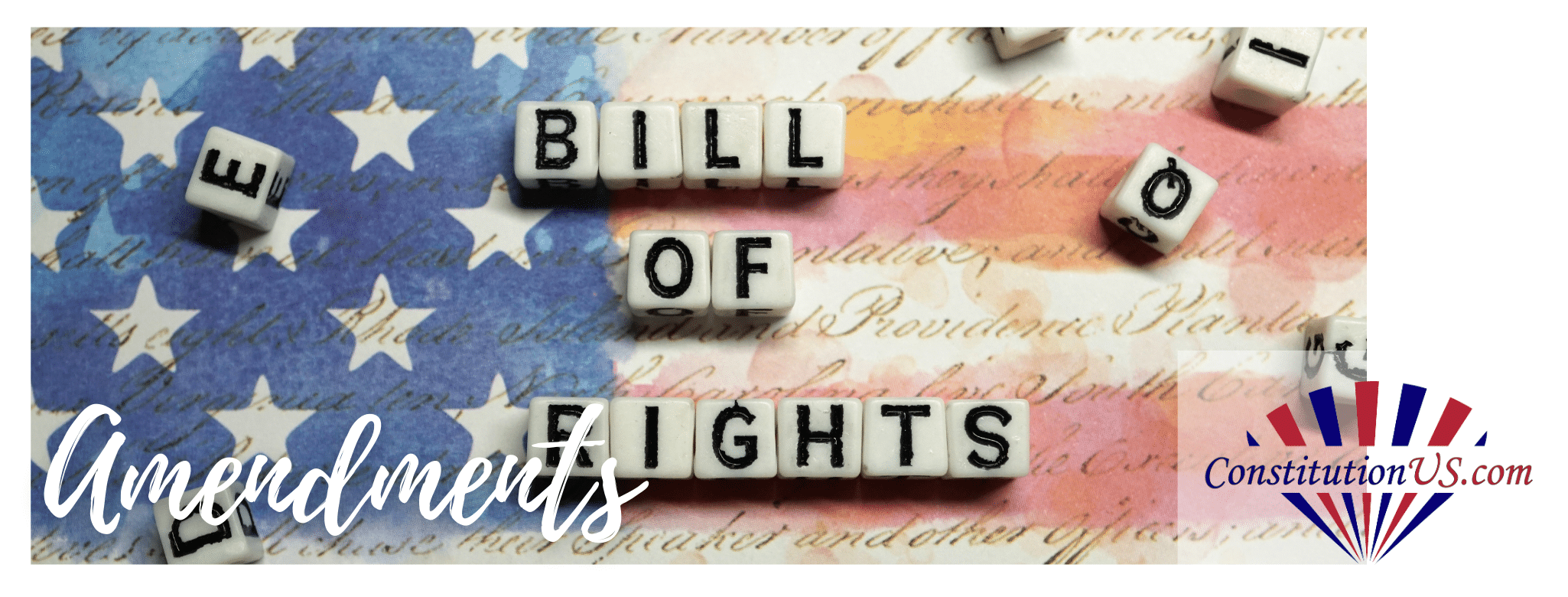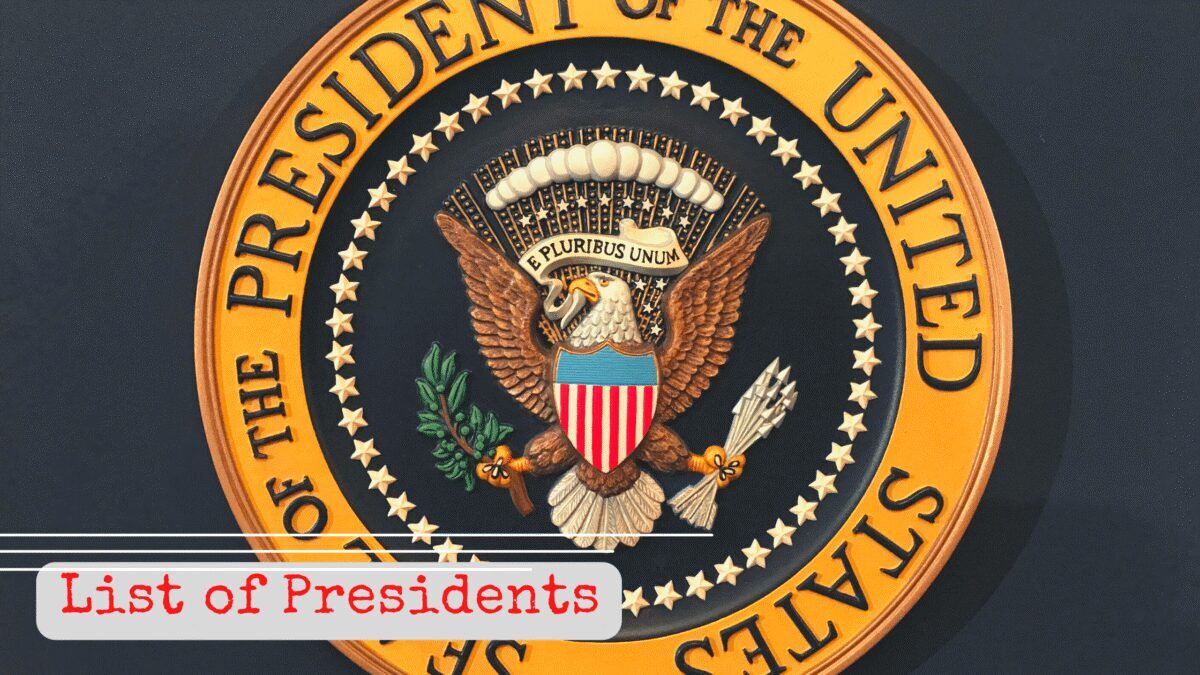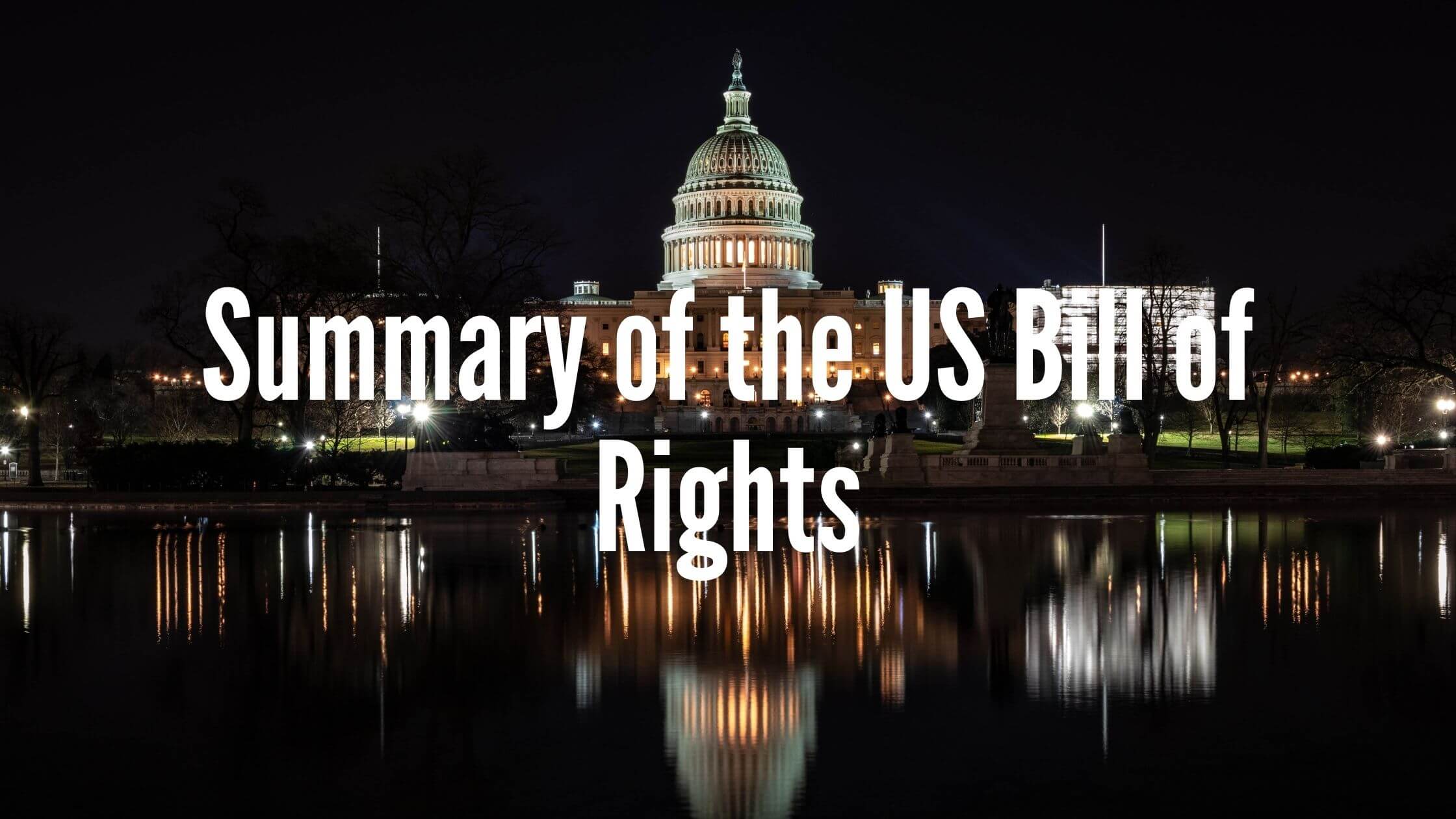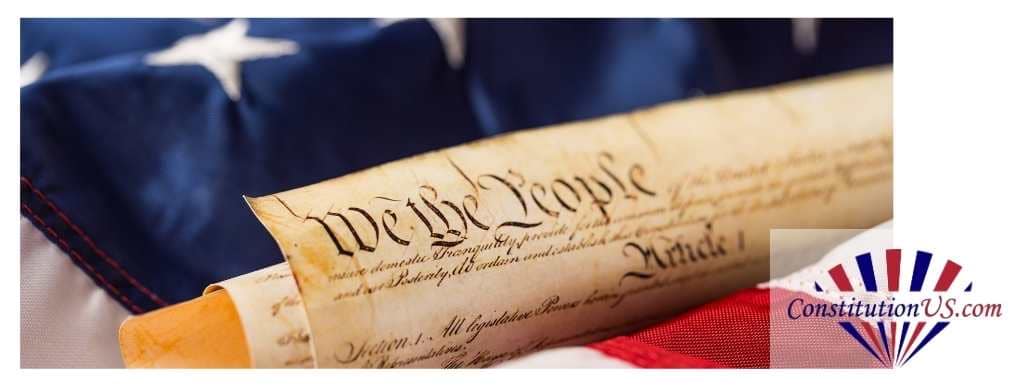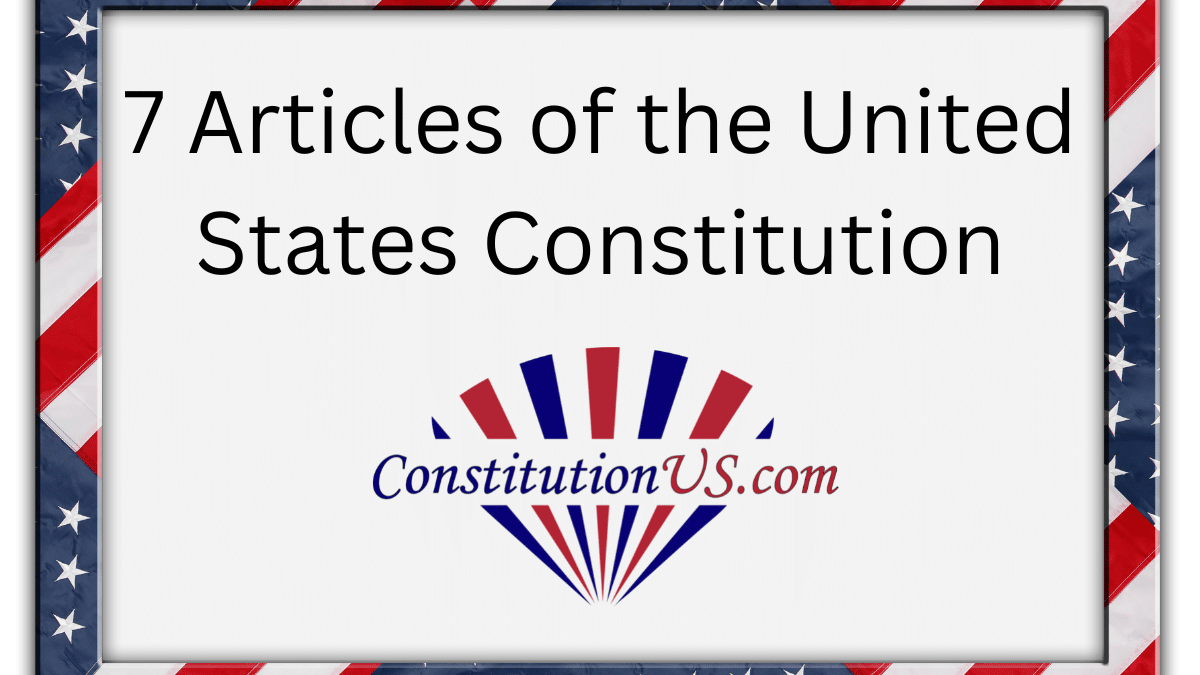Table of Contents
ToggleUnited States Economic Policy From 1933 to 1939
From 2007 to 2009, the global market underwent a rapid decline. However, few people recall the Great Depression of 1929 to 1939.
The United States had earned major profits from the global market during World War I while losing few lives and resources compared to European countries and other parts of the world.

This allowed for an era of wealth, opulence, and prosperity for America and its allies. But as with the prosperity of the modern ’90s and 2000s before the Great Recession, it preceded economic downfall.
In 1929 the American stock market fell over thirty percent in less than a week, following large sell-offs. A prolonged market slump ensued as the stock market lost nearly 90% of its value between 1929 and 1933.
Individual and corporate wealth was wiped out as hundreds of millions of dollars in deposits and savings were lost. Even bank closures were commonplace.
The Effects of the Great Depression
Protectionism
In 1930, the United States passed the Smoot-Hawley Tariff Act. While aimed at protecting American markets by giving greater incentives to produce, the tariff dramatically worsened the Great Depression.
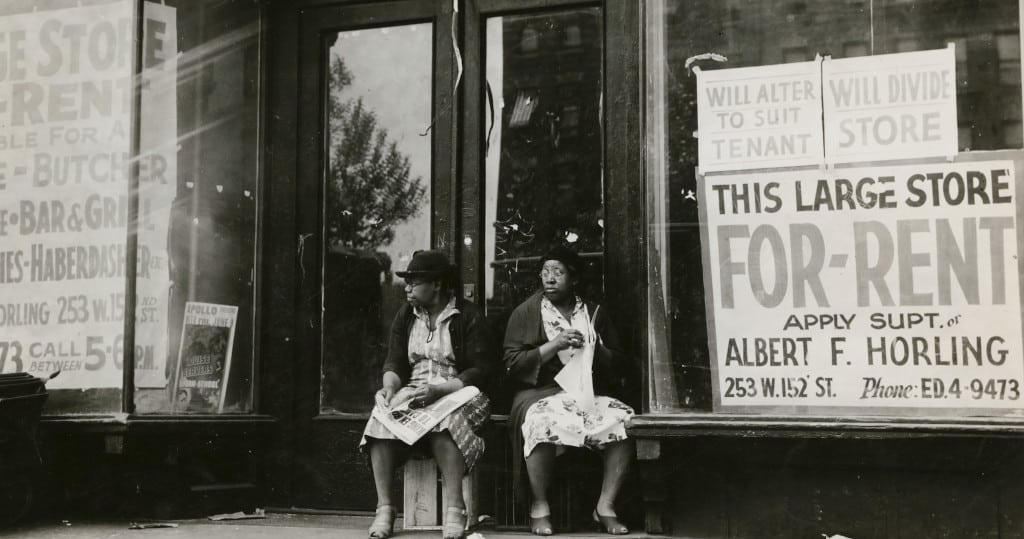
The act decreased international trade and set a precedent for other countries to impose their own tariffs. This caused the Great Depression to spread worldwide.
Gold standard
The major powers of the world implemented a gold standard, i.e., their currency’s value was directly linked to the value of gold before the time of the Great Depression. The rigid gold standard would provide another mechanism for spreading economic decline.
As the United States maintained a gold standard, the economic downturn saw concerned citizens redeeming dollars for gold coins or bullion, prompting a dwindling of Treasury reserves. Other nations with the gold standard were faced with a similar predicament.
Countries that abandoned the gold standard sooner, such as Great Britain (1931), would face the least impact of the depression and start recovering far quicker.

Unemployment
Unemployment surged to massive levels in the United States and other affected countries. Birthrates fell, and contraception use increased.
Women would take increased roles in the workforce to bolster household income. Others engaged in self-sustaining strategies to conserve money and resources, such as community farming, reducing food waste, thrifting clothes, and working other trades from home.
President Roosevelt’s New Deal
At the twilight of President Herbert Hoover‘s tenure in the White House during the United States’ economic crisis, then-Democratic candidate Franklin Delano Roosevelt promised that the American people would be given “a new deal” from their government.
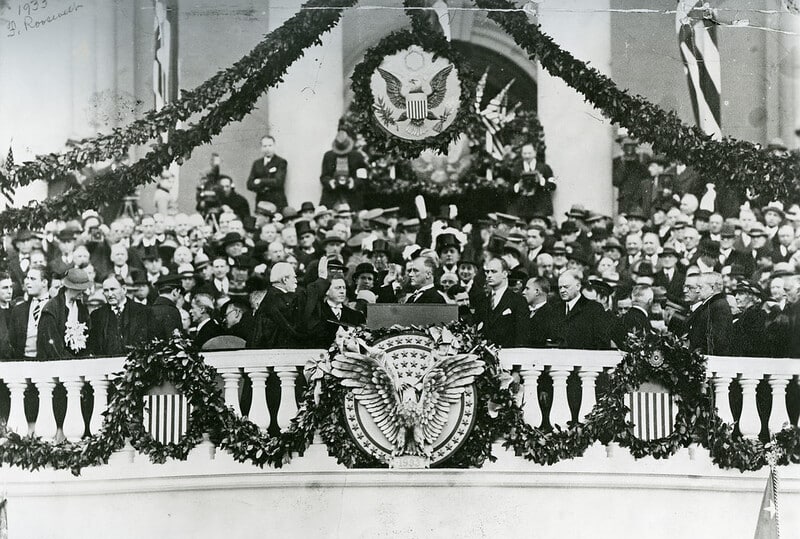
As he entered office, President Roosevelt quickly engaged in strategic discourse on how to repair the American economy with the aid of many advocates for the working class and American anti-monopoly, including the first woman to serve in the Cabinet, the Secretary of Labor, Frances Perkins.
Under tremendous pressure from the American people to reverse the mistakes of his predecessor, President Roosevelt passed one New Deal program after another through Congress during his first 100 days in office.
The scale of Roosevelt’s New Deal legislation was remarkable. Many of these New Deal programs remain in place, serving as important safety nets during the Great Recession. It did, however, result in tripling federal expenditure.
The Three R’s
New Deal programs included public works projects, financial reforms, and other regulations by President Roosevelt, and are today known as “the three R’s”:
- relief for the poor and unemployed,
- recovery of the economy to pre-crash levels,
- and reform of financial systems to safeguard against a repeat depression.
The New Deal and its reformational agenda became the modus operandi of the Democratic Party, providing them the majority in population and presidential terms until the Nixon Administration.
The Reforms of the First New Deal
Economy Act
Franklin Delano Roosevelt first emphasized maintaining a balanced federal budget with the Economy Act (1933) to preserve fiscal conservatism while maintaining government spending.
Emergency Banking Act
Under the Emergency Banking Act (1933), all banks were closed and reopened under federal supervision and the option of federal loans, preventing banks from running the risk of failure.
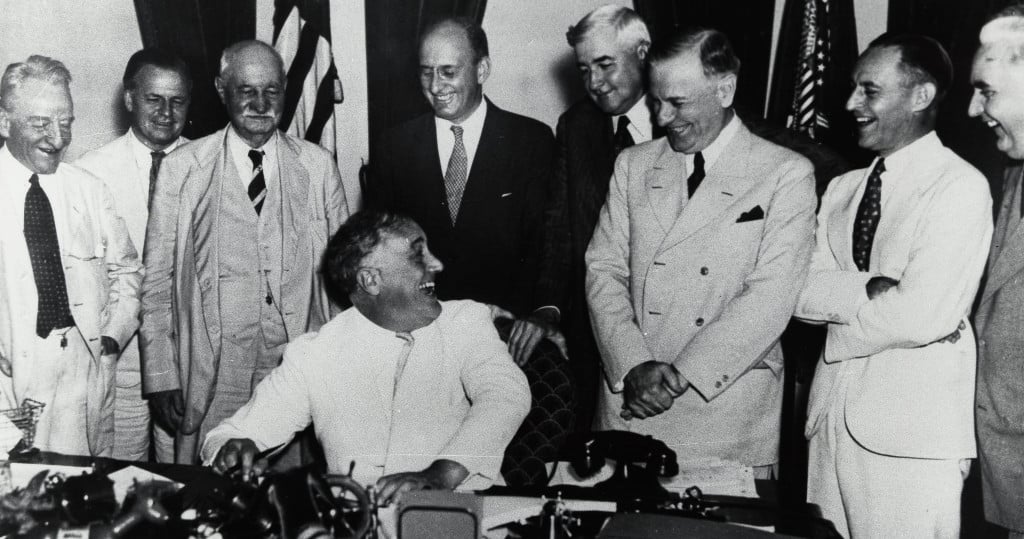
Gold Reserve Act
The gold standard was suspended and held amounts exchanged for fixed dollars. The subsequent Gold Reserve Act (1934) allowed the dollar free access to foreign markets and would ease the reduction of prices on goods and increase industrial production.
Economic changes would need time to take effect, so to provide immediate relief to the people, the New Deal would greatly expand public works and offer jobs to a large number of unemployed Americans.
Public buildings include schools, municipals, water systems, streets, and parks, and government-funded commerce facilities such as airports, hospitals, bridges, dams, and military works were constructed.
Agricultural Adjustment Act and Farm Security Act
Government-organized agriculture and rural programs revitalized impoverished communities away from the cities, especially in the South, under the Farm Security Act (1933) and the Agricultural Adjustment Act (1933).
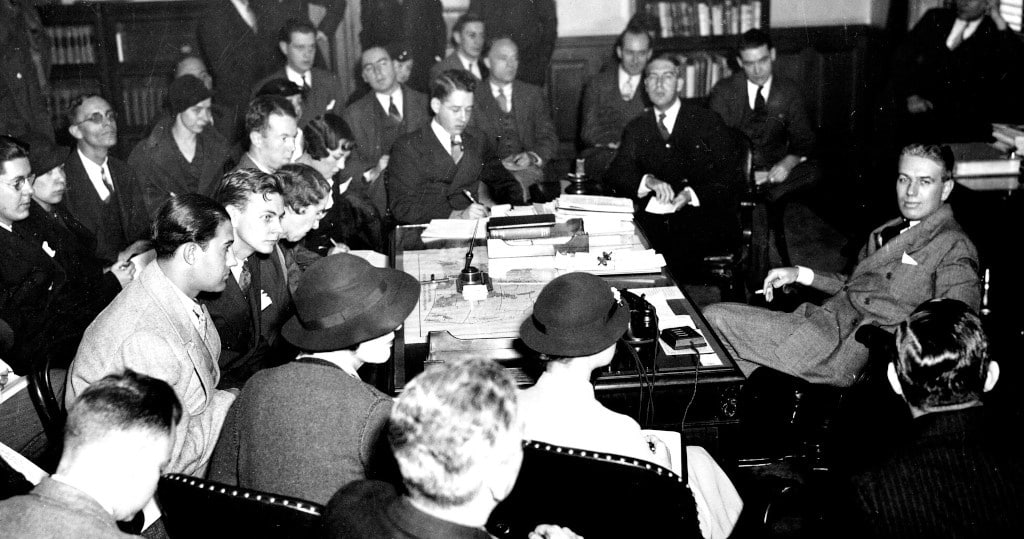
As for recovery to normal economic levels, deflation would have to be capped, and the people’s health and well-being would have to be elevated to continue supporting America’s progress.

Get Smarter on US News, History, and the Constitution
Join the thousands of fellow patriots who rely on our 5-minute newsletter to stay informed on the key events and trends that shaped our nation's past and continue to shape its present.
National Industrial Recovery Act
The National Industrial Recovery Act (1933) would find ways to raise the prices of goods by reducing market competition, empowering worker’s unions, and guaranteeing minimum wages, 40-hour average workweeks, and the elimination of child labor.
While this act was later deemed unconstitutional by the United States Supreme Court, its standards continued in the Fair Labor Standards Act (1938).
The Reforms of the Second New Deal and Recovery
While considered successful, the acts of the New Deal thus far had gained a fair amount of skepticism, suffered court mishaps, and continued impatience in America.
Reforms beginning in 1935 upped the controversy and federal government progressivism into the “Second” New Deal.
Critical New Deal legislation
Of special importance was the Social Security Act (1935), but the National Labor Relations Act (1935), the Public Utility Holding Company Act (1935), the Revenue Act (1935-1937), and the Housing Act (1937) all left their marks.
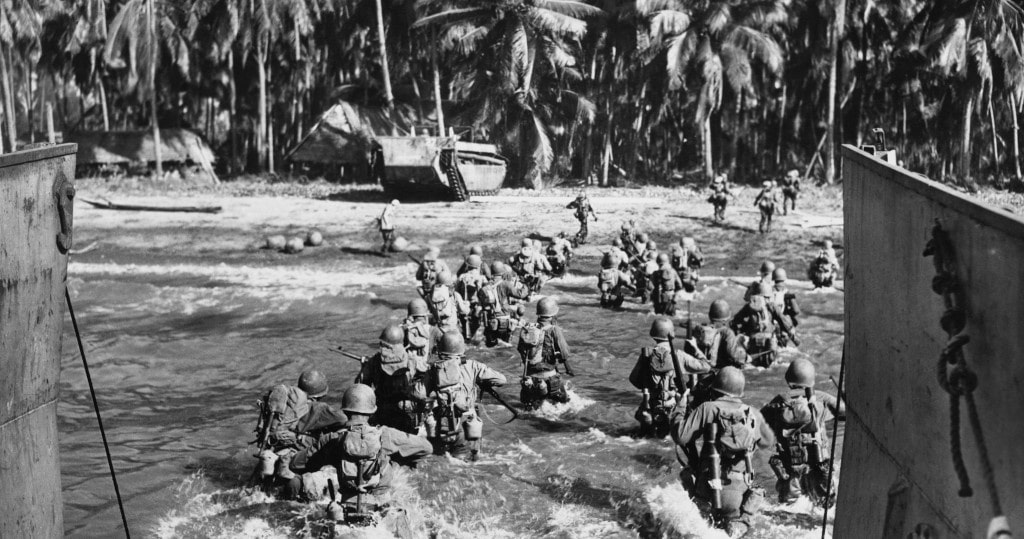
Ultimately, however, full economic recovery would only come from the prosperity engendered by World War II, much as the Great War had done.
Nonetheless, President Franklin Roosevelt’s New Deal program eased much turmoil in the United States and remains crucial to the American political system of today.
